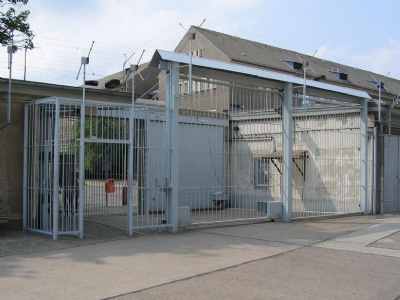Berlin – Stasi Prison
East German political Security Police, Stasi (Staatssicherheit), had its main prison in an area in East Berlin called Hohenschönhausen. The district where the prison is located belonged to MfS (Ministerium for Staatssicherheit) and only with special passports it was possible to enter the area. The Berlin Wall might be more known, but it was in Hohenschöhausen that everything what the wall stood for was put into practice. In June 1945, the NKVD (former Soviet Security Police) took over a former food storage and turned it into a prison for political prisoners, calling it Special Camp no. 3. When the prison was closed in 1946, the basement was turned into a prison and became the largest Soviet prison in East Germany.
In 1952, MfS took over the prison, expanded and cordoned off the area around the prison from the outside world. The area was not included on any official maps of Berlin. Between 1951 and 1990, thousands of dissidents and political opponents were imprisoned. Several famous critics of the SED (Sozialistische Einheitspartei Deutschlands) party were imprisoned and interrogated in some of the approximately 200 cells and interrogation rooms in Hohenschönhausen. If physical torture was a common feature in Nazi Germany, psychological torture by the Stasi was common in East Germany. Skilled interrogators pushed prisoners to make certain confessions to avoid further torture. The prisoners were usually not told why they were imprisoned and they had to live in a constant uncertainty about their own future, which caused many to break down. Hohenschönhausen was finally closed in October 1990 when Germany was reunited.
Current status: Preserved with museum (2006).
Address: Genslerstrasse 66, 13055 Berlin.
Get there: Commuter train to Landsberger allé Station.
Follow up in books: Gieseke, Jens: The History of the Stasi: East Germany’s Secret Police, 1945-1990 (2014).




Avoid the commercial Berlin Wall if you are interested in how the repressive political police in East Germany worked and visit Stasi HQ on Normannenstrasse or the Stasi Prison Hohenschönhausen instead. Here there is no commercialism, not many tourists or visitors. Here they have preserved the site’s historical value without making a big business out of it.